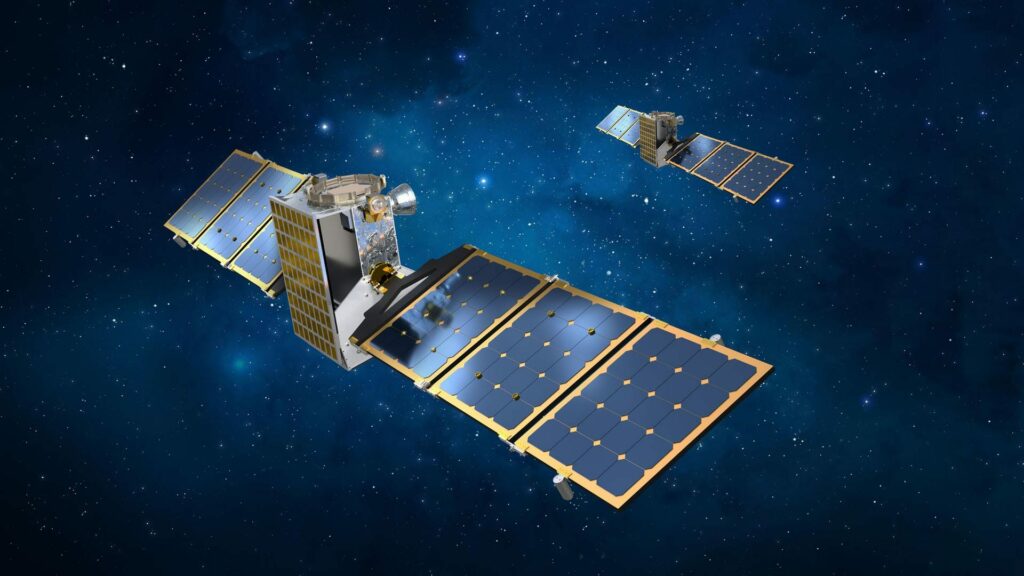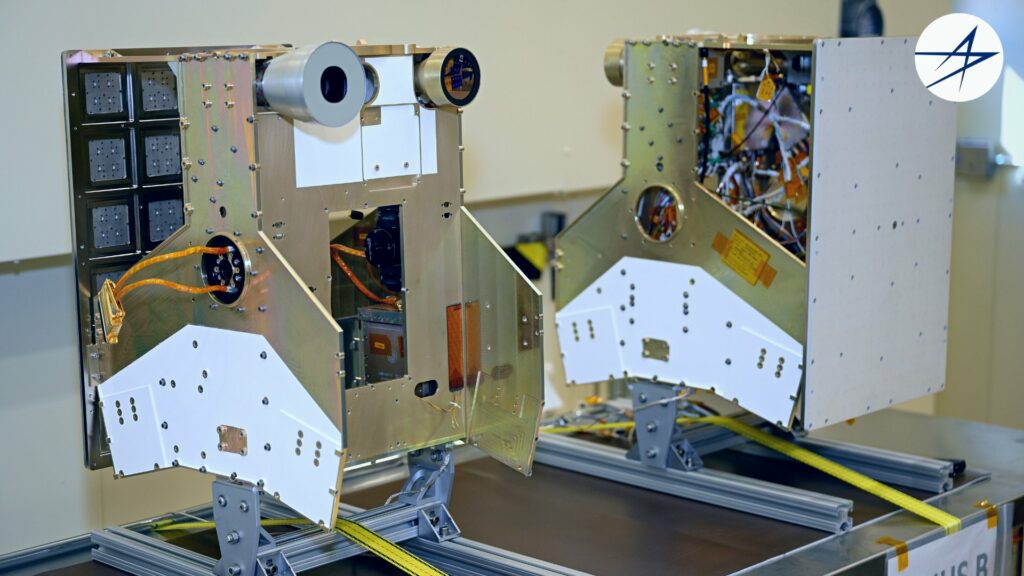NASA has decided to end the Janus mission. A pair of interplanetary probes will be placed in a store for long-term storage.
Failed flight to asteroids
The Janus mission was developed as part of the SIMPLEx-2 (Small Innovative Missions for Planetary Exploration) program, which provided for the study of Solar System objects using small and relatively inexpensive spacecraft. Both probes have an identical design. Their mass is 36 kg, the scientific filling consists of two cameras capable of receiving images in the visible and infrared range.

The probes were supposed to go into space as a passing cargo of the Psyche mission. It was assumed that they would fly over a pair of binary asteroids (175706) 1996 FG3 and (35107) 1991 VH; they are part of the Apollo family.
Unfortunately, NASA had to postpone the launch of Psyche from 2022 to 2023. This left Janus out of work. Calculations have shown that when launched in 2023, the spacecraft will not be able to achieve either their original goals or any other near-Earth asteroids. The engineers also considered the option of flying Janus together with Psyche into the Main Asteroid Belt. It turned out to be impracticable for energy reasons — the solar arrays of the probes would not be able to generate enough energy.
Experts have also studied the possibility of launching Psyche on some other rocket. However, they failed to find a suitable companion carrier, while the mission budget does not allow buying a separate rocket.
Completion of the program
The combination of all of the above factors led to a natural result. NASA has decided to end the program. After the completion of the work stipulated by the contract, a pair of probes will be placed in a store for long-term storage.

In theory, Janus can still go into space in the future. This will happen if NASA manages to find some use for them or another task. Similar cases have happened. An example is the DSCOVR satellite. Due to the termination of funding, the almost finished spacecraft was placed in long-term storage in 2001. Ten years later, under the new leadership of NASA, the program was revived. As a result, DSCOVR went into space in 2015.
According to https://blogs.nasa.gov
Follow us on Twitter to get the most interesting space news in time
https://twitter.com/ust_magazine
